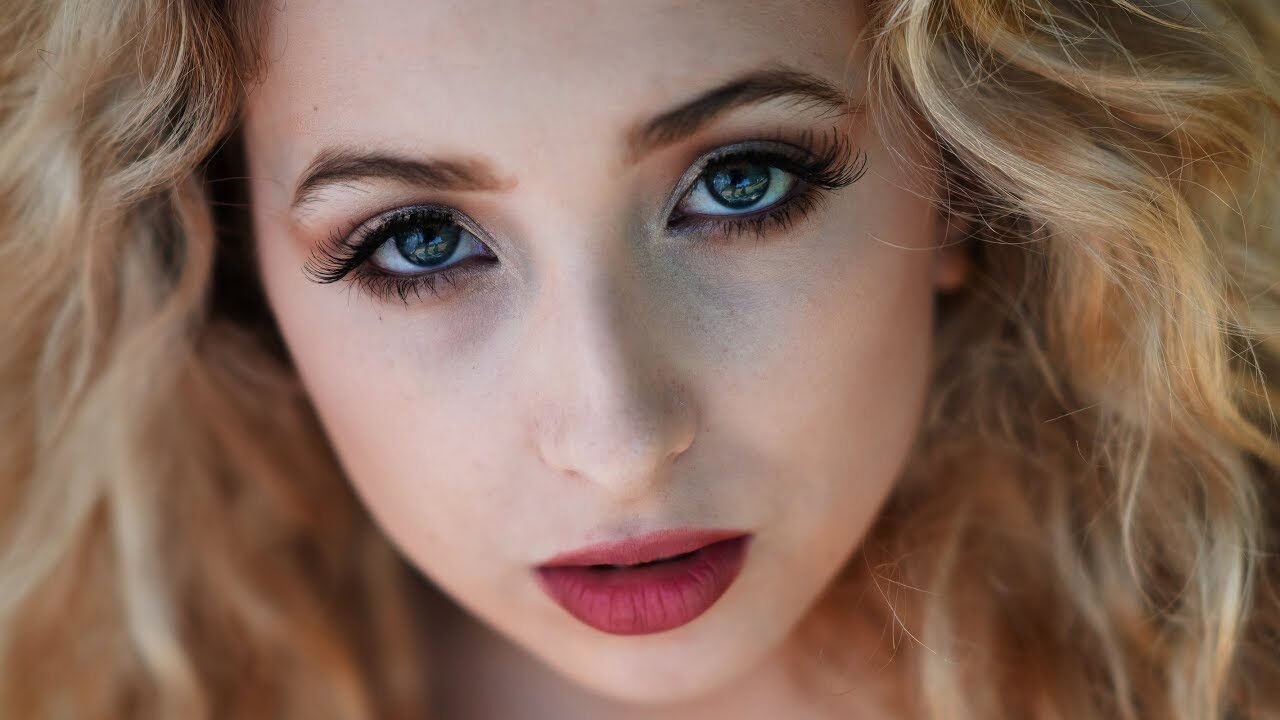We can often see some photos of clear in the front and blur at the back, especially in portrait photos. These photos are said to have a “shallow depth of field” effect. So for novices, what is the point of taking such attractive photos? By what way? Is the equipment on hand enough? Let the author answer for everyone in this article one by one!
If I only have an 18-55mm package lens, can I get a beautiful shallow depth of field effect?
Of course! Even if you only have a basic DSLR and kit lens, novices can definitely shoot beautiful shallow depth of field! Just understand the 3 “Shallow Depth of Field” methods3 ways to “shoot shallow depth of field”
Three ways to shoot shallow depth of field
- Increase the aperture
- Use telephoto lens
- The distance ratio of camera, subject and background
Increase the aperture
Using a large aperture can easily create a shallow depth of field. A large aperture does not mean that you have to have a lens with apertures such as f/1.4 and f/1.8. Even a set lens with a maximum aperture value of f/2.8 can do the same with the other two elements. , Try to adjust the aperture to the maximum
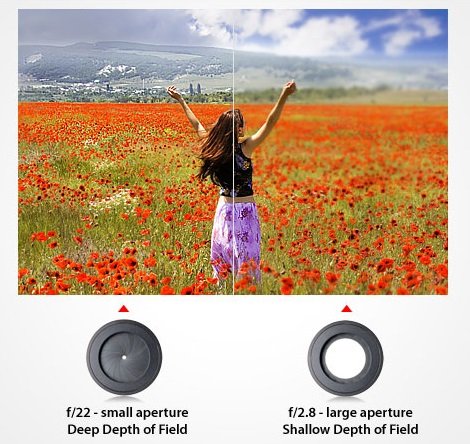
Use telephoto lens
Assuming the same aperture value, using a telephoto can make the depth of field shallower, for example:
Set aperture at f/4 by using 70mm, 135mm, 200mm lens
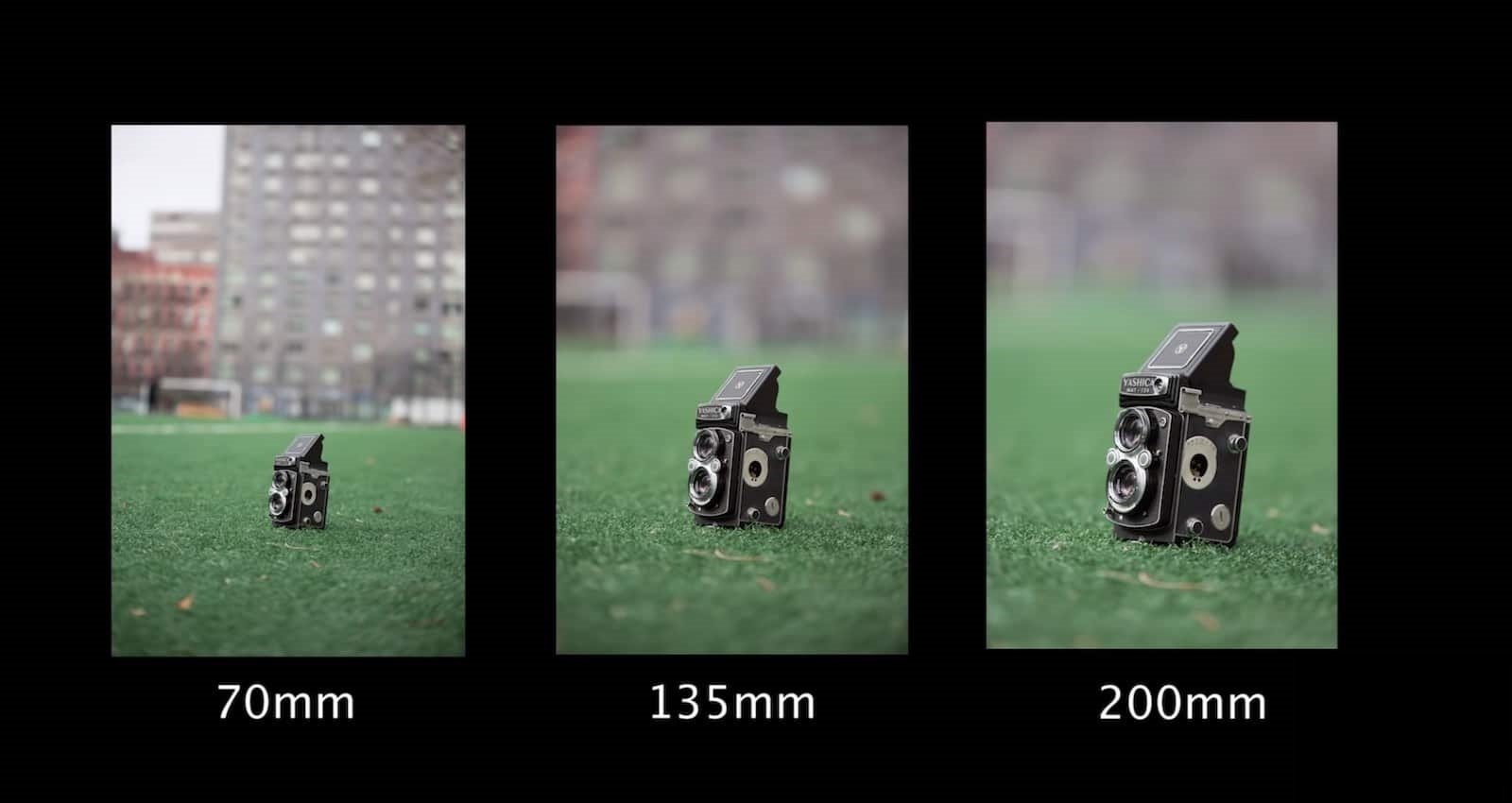
The distance ratio of camera, subject and background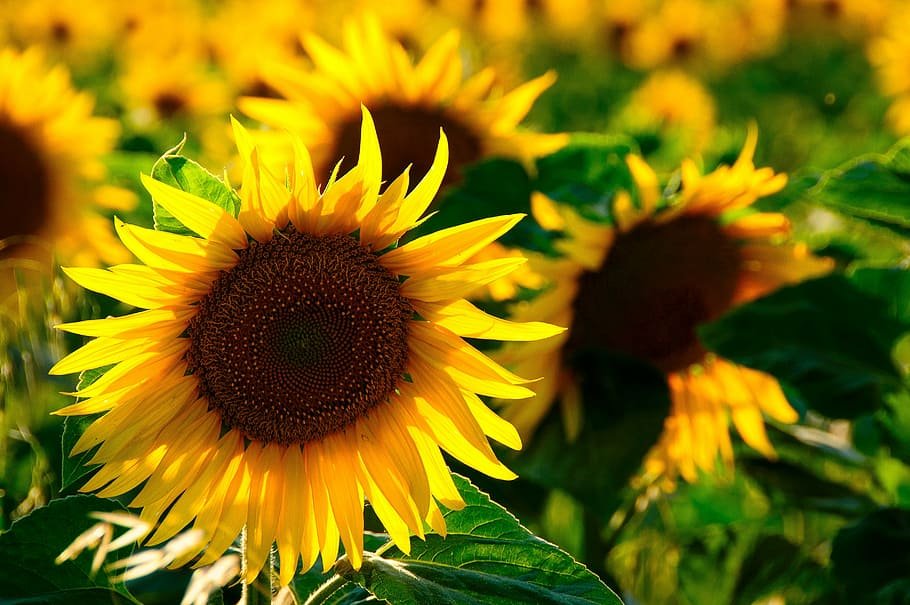
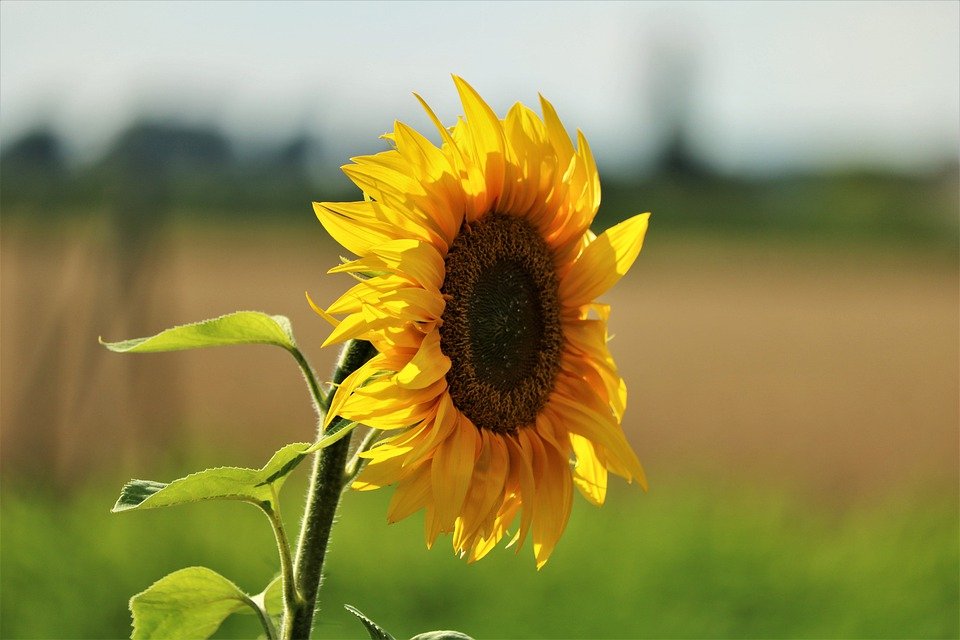
Background is close to subject Background is far away
Taking the same flower but different angle. For the flower on the right, the camera is as close to the subject as possible, and the subject and the background are as far away as possible
So to summarize, for example, I am using the ordinary kit lens 18-55mm f/3.5-5.6. To shoot beautiful shallow depth of field, we can do the following:
- Set the aperture to f/3.5 and use 18mm focal length or set the aperture to f/5.6 and use 55mm focal length
- As close to the subject as possible according to the composition
- Find an angle so that the subject is far away from its background
- Then, Shoot!!!
Many novices have similar problems when trying to shoot shallow depth of field. In fact, the lens they use is not a “constant aperture” lens. The feature of non-constant aperture zoom lenses is that the “maximum aperture value” will change according to the length of the focal length, such as the lens label. It is 18-55mm f/3.5-5.6, which means that the “maximum aperture value” at the 18mm end is f/3.5, and the “maximum aperture value” at 55mm is only f/5.6, so the longer the focal length used, the aperture The smaller it is.
In this case, should I use a long focal length (a smaller aperture) or a large aperture (shorter focal length)? In fact, which orientation should be used depends on the environment at the time (telephoto or close-up?), in fact, both can also be used.
The photosensitive element of the camera also has an impact
To shoot a shallow depth of field, the photosensitive element will also have an effect-the larger the photosensitive element, the easier it is to shoot a shallow depth of field, so a full-frame camera is more likely to blur the background than an APS-C/M43 camera!
I hope you can make good use of the “shallow depth of field” technique, and don’t always think that only expensive lenses can be taken! Try it today
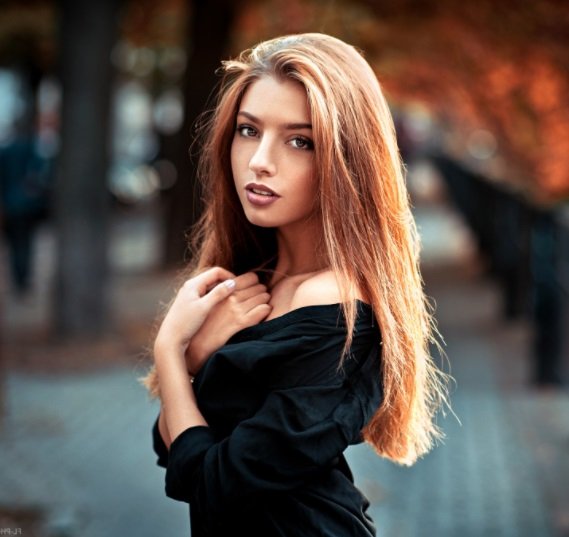
Written by Collin Smith @ remotes.works Holborn London

 My Account
My Account 